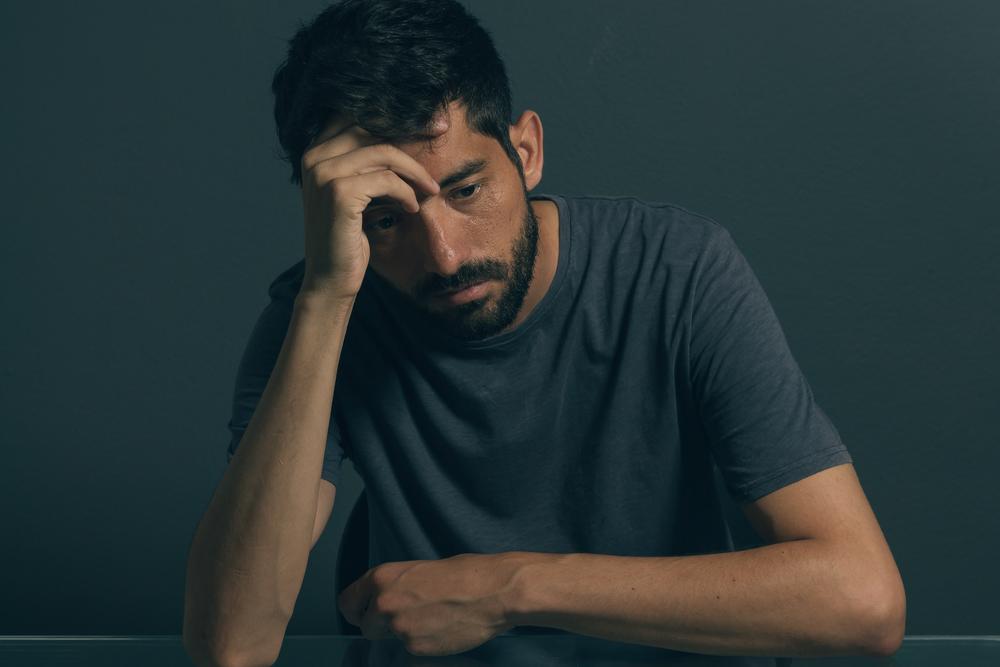Commentary
Over 20 years ago, Australian federal member of Parliament Greg Wilton took his own life. The tragedy culminated in a series of events that highlight how poorly we deal with vulnerable men.

Over 20 years ago, Australian federal member of Parliament Greg Wilton took his own life. The tragedy culminated in a series of events that highlight how poorly we deal with vulnerable men.